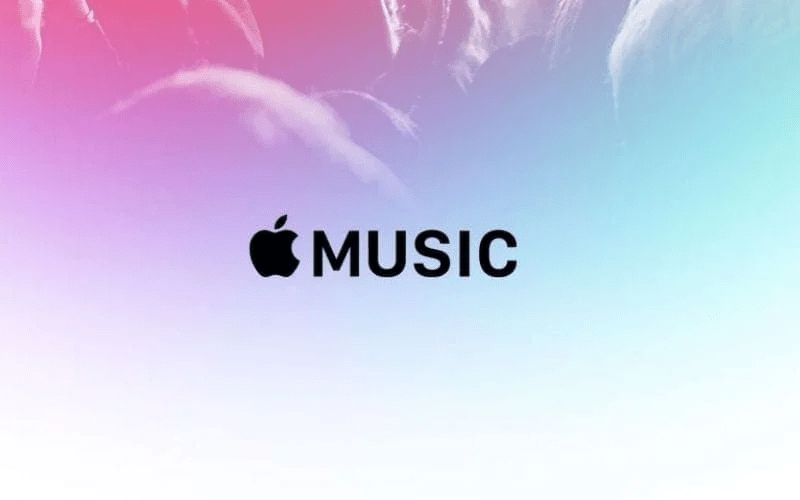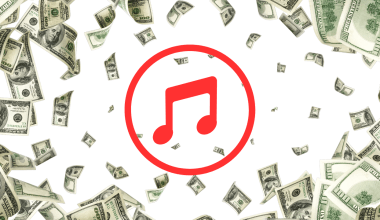Apple Music is one of the leading music streaming platforms, known for its high standards in music presentation and distribution. The Apple Music Style Guide is a comprehensive document that outlines the requirements and standards for delivering music to Apple Music and iTunes. This guide helps artists, labels, and distributors ensure that their content is presented in the best possible way, enhancing the listener’s experience and increasing discoverability.
This blog aims to provide a detailed and insightful understanding of the Apple Music Style Guide, covering all aspects including metadata, audio, cover art, and more.
Table of Contents
- Overview: Apple Music Style Guide
- Metadata
- General Metadata Standards
- Specific Metadata Fields
- Metadata Formatting
- Audio Requirements
- Audio Quality
- Mastering Guidelines
- File Formats
- Cover Art
- Design Standards
- Technical Specifications
- Common Issues
- Content Definitions
- Types of Content
- Roles and Credits
- Localization and Language Guidelines
- Metadata Language
- Track Audio Language
- Localization Examples
- Common Mistakes and How to Avoid Them
- Misleading Content
- Cultural Sensitivities
- Repetitious Tracks
- Conclusion
- The Importance of Adherence
- Tips for a Smooth Submission Process
Overview: Apple Music Style Guide
Music is an emotional experience and can create memories that last a lifetime. Apple strives to present your music in its most authentic form. The Apple Music Style Guide helps you format music, art, and metadata to enhance the listener’s experience and increase your discoverability.
To ensure Apple Music and iTunes standards are met, the Quality Assurance team reviews your content. Following these guidelines reduces the chances of rejection and helps your music get on Apple Music and the iTunes Store more quickly.
Metadata Guidelines of Apple Music Style Guide
Metadata is critical for the discoverability of your music on Apple Music and iTunes. Proper metadata ensures that your music is searchable and organized correctly.
General Metadata Standards
- Accuracy: All information must be accurate and correctly spelled. This includes artist names, album titles, track titles, and other credits.
- Consistency: Ensure consistent use of names and titles across all content.
- Completeness: Fill out all required metadata fields completely.
Specific Metadata Fields
- Title: The name of the song, album, music video, or ringtone as it appears on Apple Music and iTunes Store.
- Artist Name: Full, standard name spellings must be used for all artists and other credits.
- Genre: The category of music (e.g., Rock, Hip Hop, Jazz).
- Release Date: The original release date of the album, track, or music video.
- Track Audio Language: The language of the vocals in the track.
Metadata Formatting
- No Additional Information: Artist and other names must not include any additional information such as role, date, instrument, former band, website, etc.
- Side-by-Side Translations: Do not use side-by-side translations in metadata. Use only one language in each entry or localization.
- No Emoji: Do not use emoji in titles, artist names, lyrics, or other metadata.
Audio Requirements
High-quality audio is essential for a good listener experience. Apple Music has specific audio requirements to ensure that all tracks meet professional standards.
Audio Quality
- Lossless Formats: Submit high-quality audio files in lossless formats like WAV or FLAC.
- Consistent Levels: Maintain consistent audio levels; avoid tracks that are excessively loud or quiet.
- Professional Mastering: Ensure your tracks are professionally mastered.
Mastering Guidelines
- Avoid Distortion: Do not submit tracks with audio clipping or distortion.
- No Low-Quality Formats: Avoid low-bitrate MP3s or other compressed formats.
- No Background Noise: Ensure there is no unintended background noise.
- No Watermarks: Do not include audio watermarks or tags.
File Formats
- Accepted Formats: Apple Music accepts high-quality formats such as WAV, FLAC, and Apple Lossless.
- Bit Depth and Sample Rate: Preferred bit depth is 24-bit, and the preferred sample rate is 44.1 kHz or higher.
Cover Art According to Apple Style Guide
Cover art is an essential aspect of how your music is perceived. It needs to meet specific standards to be accepted by Apple Music.
Design Standards
- High Resolution: Ensure cover art is at least 3000 x 3000 pixels.
- Proper Formatting: Use JPEG or PNG formats with high quality.
- Original Art: Use original or properly licensed artwork.
- Relevant Imagery: Ensure the artwork is relevant and appropriate.
Technical Specifications
- No Blurriness: Do not submit blurry or pixelated images.
- No Text Overload: Avoid excessive or hard-to-read text.
- No Borders: Do not use borders or frames around the artwork.
- No Copyright Issues: Avoid using copyrighted images without permission.
Common Issues
- Misleading Content: Content that mimics popular content or uses search terms or additional, inaccurate information will be hidden.
- Cultural Sensitivities: Be knowledgeable about local regulations and cultural sensitivities.
Content Definitions
Understanding the types of content and their definitions is crucial for correctly categorizing your submissions.
Types of Content
- Album: A collection of tracks.
- Single: A standalone track.
- EP: A short album, typically containing 3-5 tracks.
- Music Video: A unique video for a song.
- Ringtone: A standalone audio recording to be used as a ringtone for iPhone.
Roles and Credits
- Primary Artist: The main performing artist or band.
- Featuring/With: Special guest(s) with a significant contribution but not enough to be primary.
- Composer: Writes music for instruments to play.
- Lyricist: Writes lyrics.
- Producer: Oversees the production of the track or album.
- Remixer: Provides a new version of a track.
Localization and Language Guidelines
Proper localization and language settings enhance the discoverability of your music in different regions.
Metadata Language
- Correct Accents and Capitalizations: Ensure that accents and capitalizations appear correctly on Apple Music and iTunes.
- Language Codes: Use appropriate language codes that match the metadata language.
Track Audio Language
- Set Audio Language: The appropriate audio language must be set in the metadata at the track level.
- Nonlinguistic Content: Must be flagged ‘zxx’.
Localization Examples
Here are examples of localized metadata for Hebrew- and Arabic-language albums:
- Hebrew:
- Album Title: מרוץ החיים (Merotz Hachaim)
- Album Artist: שרית חדד (Sarit Hadad)
- Track Title: הגוֹרל הטוב (Hagoral Hatov)
- Track Artist: שרית חדד (Sarit Hadad)
- Arabic:
- Album Title: فين (Ala Fain)
- Album Artist: أيمن معروف (Ayman Maarouf)
- Track Title: حبيبي ارجعي (Habeebi Ergaali)
- Track Artist: أيمن معروف (Ayman Maarouf)
Common Mistakes and How to Avoid Them
Avoiding common mistakes can ensure a smooth submission process and reduce the chances of your content being rejected.
Misleading Content
- Mimicking Popular Content: Do not mimic popular content or use search terms/additional inaccurate information.
- Sound-alikes and Cover Versions: These are not accepted if they mimic the original too closely.
Cultural Sensitivities
- Be Aware: Content must be legal and appropriate for the country or region where it is cleared.
- Nazi Propaganda: Content with Nazi symbolism is prohibited in certain regions.
Repetitious Tracks
- Avoid Snippets: Snippets or repetitious tracks used repeatedly across singles or albums will be hidden.
Conclusion
Adhering to the Apple Music Style Guide ensures that your music is presented professionally, enhancing the listener’s experience and increasing discoverability.
The Importance of Adherence
- Professional Presentation: Ensures your music and artwork meet professional standards.
- Increased Discoverability: Proper metadata and localization enhance searchability.
- Reduced Rejection: Following the guidelines reduces the chances of your content being rejected.
Tips for a Smooth Submission Process
- Check Everything: Double-check all metadata, audio, and artwork before submission.
- Follow Guidelines: Adhere strictly to the Apple Music Style Guide.
- Stay Updated: Apple Music updates its guidelines periodically. Ensure you stay informed about the latest standards.
By following the Apple Music Style Guide, you can ensure that your music is delivered and presented in the best possible way, reaching a wider audience and enhancing your overall success on the platform.
For further reading, explore these related articles:
- Why Song Audio Gets Rejected from Streaming Platforms?
- Why Music Distribution Through Multiple Distributor Can Be Problematic?
- Platform-Specific Guidelines for Cover Art: Apple Music and Spotify
For additional resources on music marketing and distribution, visit Deliver My Tune.






